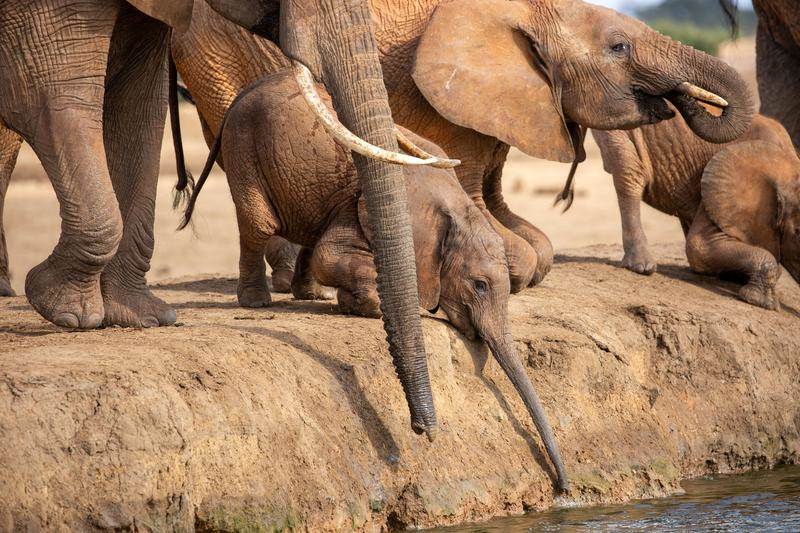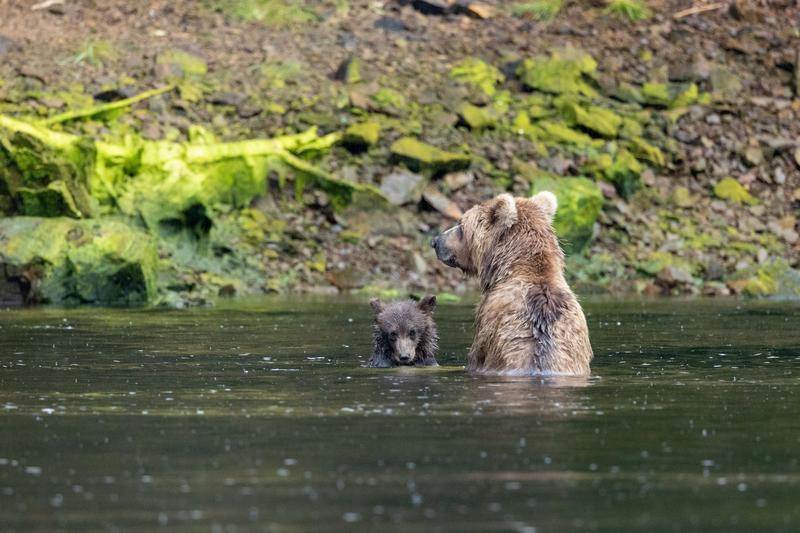It’s time to get back to nature with National Geographic’s Incredible Animal Journeys. This 7-part documentary series, premiering November 19th, follows Earth’s most incredible creatures through a life on the move. From some of the biggest mammals alive, like Humpback whales, to tiny insects, it is a sweeping, all-encompassing series full of stunning wildlife footage.
The biggest theme of the series is the circle of life, particularly babies learning how to fend for themselves. The double-episode premiere kicks off with “Ocean Odysseys,” which notably captures the birth of a humpback whale for the first time. Some of the most jaw-dropping footage comes from Christmas Island red crabs, which are born on land and mass migrate to the ocean, with low-to-the-ground cameras following the terrifying trek.
The double-episode series premiere is followed up by the land-based “Chasing the African Rains.” Lions, zebra, wildebeest, elephants, flamingos, and marabou storks live a life on the move as they go where the water is. Whether you’re a top predator or their primest prey, raising young in a dry landscape where lakes and rivers play a vanishing act between rain storms is unique.
Jeremy Renner (Hawkeye) serves as the series narrator, instantly making any of these animal stories feel relatable. He also brings to the series a warmth and humor that gives it a really nice balance. Mother nature isn’t always fair, and not every animal highlighted is successful in their mission to nurture their young to maturity. Death is, at times, part of the experience, but Renner easily recontextualizes the loss. For example, in the episode "Alaska’s River Race,” which looks at both brown bears and salmon, one of the fish being followed passes away, but her carcass is carried by a bear to the forest, where the nutrients help the trees grow faster, thus giving life to even more creatures.
Two of the remaining episodes focus on arctic creatures in “Home at the End of the Earth” and “Polar Parenting,” while “Frequent Fliers” focuses on birds and butterflies, wrapping the narrative up in a truly global way. By the end of the 6 narrative episodes, viewers will have seen the world through the eyes of these majestic animals. While the narration occasionally touches on mankind's impact on these animals, it becomes the focus of the finale, “Behind the Journey.” This making-of episode doesn’t just look at the other side of the cameras but also documents a few times the filmmakers had to intervene to help an animal in harm’s way due to humans, particularly a humpback whale bound by fishing line.
Unforgettable stories, breathtaking cinematography, and a message about stewardship make Incredible Animal Journeys a winner. It's never preachy, but it does empower viewers to become a voice for these creatures and also to help them thrive through small changes, like reducing the use of pesticides. Since the series takes a global approach to the story, no matter where you’re from, you’ll feel your neck of the woods represented.
Incredible Animal Journeys premieres Sunday, November 19th, at 9/8c on Nat Geo, with new episodes airing on subsequent Sundays. The entire series will start streaming Monday, November 20th, on Disney+ and Hulu.


